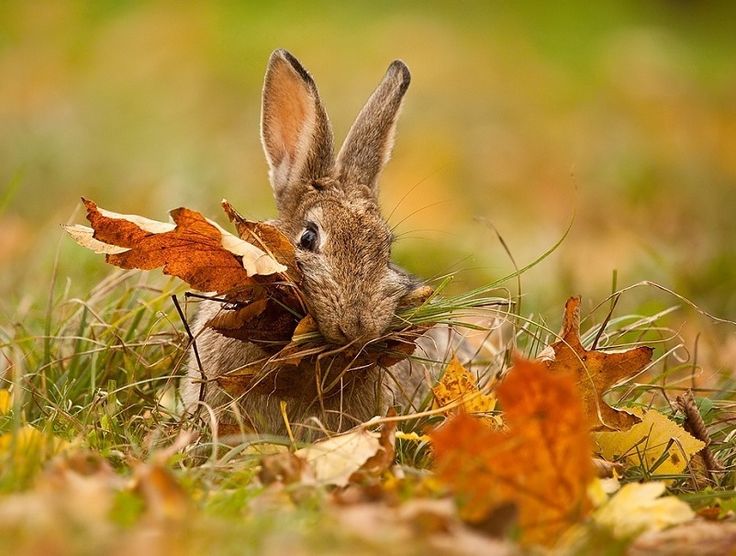 It is that time of year again. Fall garden cleanup consists of three steps: raking leaves into piles, putting the leaf piles into bags, and sending the bags to a landfill. The U.S. EPA states that leaves and other yard debris account for more than 13 percent of the nation’s solid wastes. That equates to nearly 33 million tons of waste a year. And contrary to popular belief, even though leaves are organic matter, there isn’t enough oxygen in a landfill for leaves to decompose. This results in a release of methane- a major greenhouse gas.
It is that time of year again. Fall garden cleanup consists of three steps: raking leaves into piles, putting the leaf piles into bags, and sending the bags to a landfill. The U.S. EPA states that leaves and other yard debris account for more than 13 percent of the nation’s solid wastes. That equates to nearly 33 million tons of waste a year. And contrary to popular belief, even though leaves are organic matter, there isn’t enough oxygen in a landfill for leaves to decompose. This results in a release of methane- a major greenhouse gas. Leaving the leaves on the ground not only eliminates the production of methane that occurs when leaves are sent to the landfill, but also has added benefits for you and the environment. If you decide to leave your leaves, the amount of yard work you will have to do this fall will drastically decrease. Leaves can be raked into small piles around trees, or into garden beds- where they can still undergo their natural processes, but make your lawn look more tidy.
Something to keep in mind that most people don’t know is that raking or blowing fallen leaves into the street or storm drains is considered littering and is illegal (littering includes leafs, yardwaste, dirt, etc.). When leaves get in street drains, they accumulate on the surface of the body of water that the drain dumps to. This degrades the overall health of waterways by increasing nutrient loads and increasing turbidity. However, many cities provide free yard waste recycling so leaves can be properly disposed of easily.

Regarding the environment, leaving the leaves on the ground allows them to biodegrade naturally and return nutrients to the soil. All of the leaves will eventually be decomposed by worms and bacteria, and turn into a nutrient-rich humus, which will feed trees and other plants in your yard. Your leaves will decompose faster if you mulch or shred the big leaves into smaller pieces. Mulching the leaves will enhance how the leaves give nutrients back to the soil.
Fallen leaves also form a layer of material above ground that can provide shelter, food, and nesting materials to a plethora of wildlife. Removing leaves eliminates vital wildlife habitat. Animals ranging from turtles and toads, to birds, small mammals, and invertebrates rely on leaf litter for food and shelter. Many moth and butterfly caterpillars refuge overwinter in fallen leaves before emerging in spring. You want to make sure your leaves are spread evenly throughout your yard, to prevent smothering one section of your yard with leaf matter.
Hopefully this autumn you decide to put down the rake and leave your leaves where they fall. You will be happy with the results!